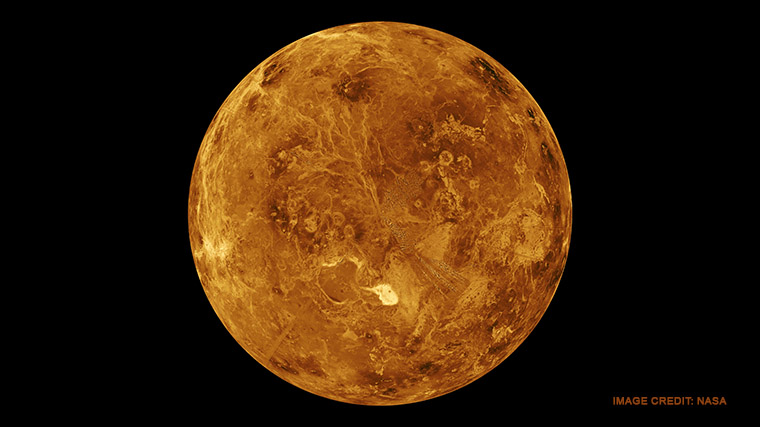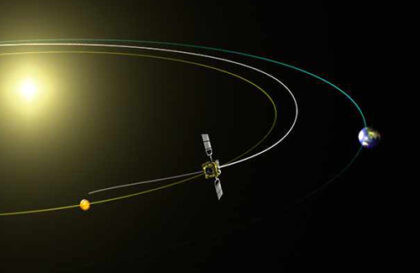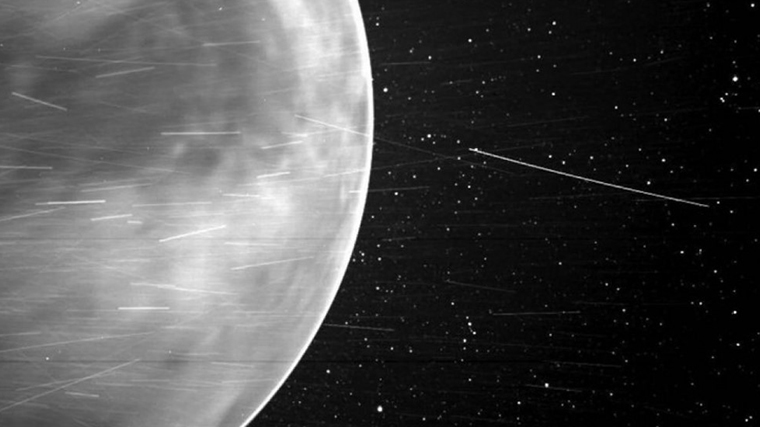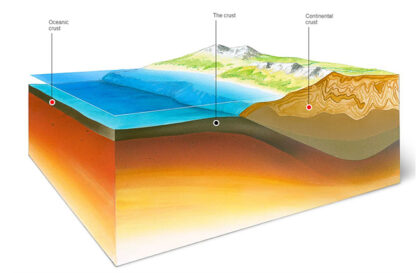- Venus is the brightest natural object after the Moon and the Sun. Venus shines 25 times brighter than Sirius, the brightest among all stars. In the absence of light pollution, it leaves a shadow.
- Venus was mistaken for another plane due to the brightness of the glow; the pilot decided to change his course to avoid a collision. There’s nothing more to add (the blind pilot seemed to be flying the plane).
- Venus is the only planet in our solar system that rotates clockwise on its axis, while it orbits counterclockwise around the sun.
- A day on Venus is longer than a year. It rotates very slowly, taking 225 Earth days to complete a revolution around the Sun and 243 Earth days to complete a full rotation around its axis.
- Venus is farther from the Sun than Mercury. It is the hottest planet in the solar system, with a temperature of around 8800 F (4710 C). It possesses a hostile atmosphere composed of carbon dioxide and clouds of sulfuric acid, giving it a distinct smell reminiscent of rotten eggs. The quantity of carbon dioxide in Venus’s atmosphere is 400,000 times greater than that in Earth’s atmosphere. The atmospheric pressure at Venus’s average surface level exceeds that of Earth by 92 times (equivalent to being 920 meters underwater on Earth), and the air density is 55 times higher.
- There are 1,600 volcanoes on Venus, but there are probably many more— they just aren’t visible from Earth. The largest mountainous region, known as the land of Ishtar, is twice the size of Tibet. In its center, a giant mountain range rises to a height of 10-11 km.
- Venus is often referred to as Earth’s twin because they are identical in size, have a very close orbital distance from the Sun, and possess a dense, cloudy atmosphere. The cloudy layer of Venus, which obscures its surface from our view, is situated at an altitude of 49-68 km above the surface. In terms of density, it resembles a light fog and primarily consists of vapors, with 80% being sulfuric acid.
- Venus is very windy – the speed is from 70 to 360 km / h. At their fastest points, these winds are faster than the speed of Venus, which exceeds the speed of rotation of points on the planet’s equator by 60 times. (For comparison, on Earth, the strongest winds have from 10 to 20% of the speed of rotation of points on the equator.) But the wind speed decreases with decreasing height, reaching values of the order of 1 meter per second (36 km per hour) near the surface, but such a wind can move stones on the surface of Venus due to the high density of the atmosphere
- The wind’s force is capable of moving stones on Venus’s surface due to the atmosphere’s high density. Venus experiences extremely high winds, with speeds ranging from 70 to 360 km/h. At their swiftest points, these winds surpass the planet’s rotational speed, outpacing the equatorial rotation by a factor of 60. (For comparison, Earth’s strongest winds are around 10 to 20% of the equatorial rotation speed.) However, wind velocity diminishes with decreasing altitude, eventually reaching approximately 1 meter per second (36 km/h) near the surface. Despite this, the wind’s force is capable of moving stones on Venus’s surface due to the atmosphere’s high density.
Image credit:
https://naked-science.ru




